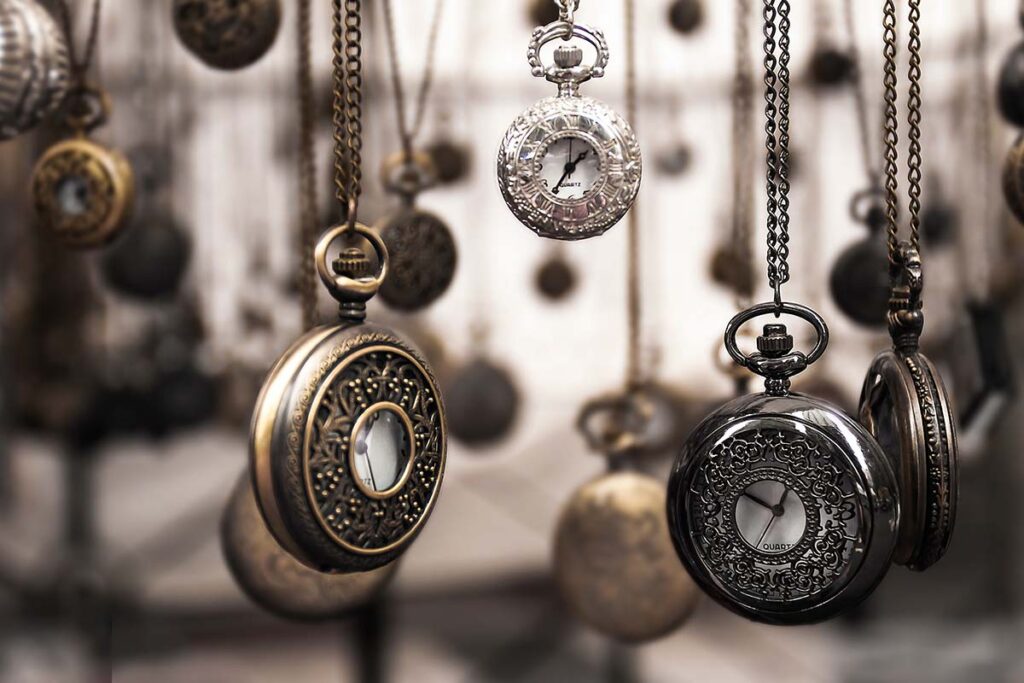During 2021, the availability of the COVID-19 vaccines and boosters expanded the opportunity for households and individuals to interact comfortably with family and friends, return to the workforce, and restore familiar activity.
However, when community members were asked recently to share memories from the past year, neighbors expressed difficulty in recalling both the highlights and sequence of events in 2021.
Considering that the prevailing virus variants and unstable economy continues to weigh on the minds of the general public, it is understandable that individual time measurement has diminished over the past year.
Long ago, a stick in the sand, distant pine tree or monumental mountain peak were among the first instruments used to measure time. These markers helped people gauge the progressive shortening of the sky shadows and in turn, determine noontime, afternoon and evening hours.
Archeological evidence reveals that 5,000 years ago, the Babylonians and Egyptians began to quantify time with the introduction of the calendar. Displayed on these early calendars were significant occurrences, such as public events, shipping schedules, crop planting and harvesting.
In 1504, German locksmith and clockmaker Peter Henlein developed the first portable timepiece. Worn as either a pendant or attachment to clothing, the clock was three inches deep and egg-shaped in design. Although fashionable and sought by nobility, the watch was inaccurate, often losing several hours a day. Eventually, the pocket watch evolved and, for 240 years, remained as the most common timepiece.
After purchasing the Waterbury Clock Company in 1941, Thomas Olsen renamed his business Timex, a portmanteau or blending of the letters taken from TIME magazine and Kleenex.
The Timex label was first applied to a limited production of watches used by nurses during World War II. Launched in 1950, the Timex theme, “It takes a licking, but keeps on ticking,” remains a recognizable advertisement slogan.
Digital watches had existed for about half a century when Hamilton introduced the electronic digital wristwatch in 1972. Initially retailed for $2,000, by the end of the decade, $10 bought a digital watch.
Today, time measurement speaks a common language among people, allowing the means to organize, maneuver and track daily activity. Clearly, the instruments which measure time are not at issue. It’s the unprecedented circumstances of the present that blur our timelines and cloud our memories.
January 2022 offers a fresh start and a new beginning. Hopefully, the future will present circumstances favorable for recalling and sharing memories. After all, time is a valuable resource, once taken, cannot be recovered.
Visit the town of Mountain View’s website at: www.townofmountainviewcolorado.org






